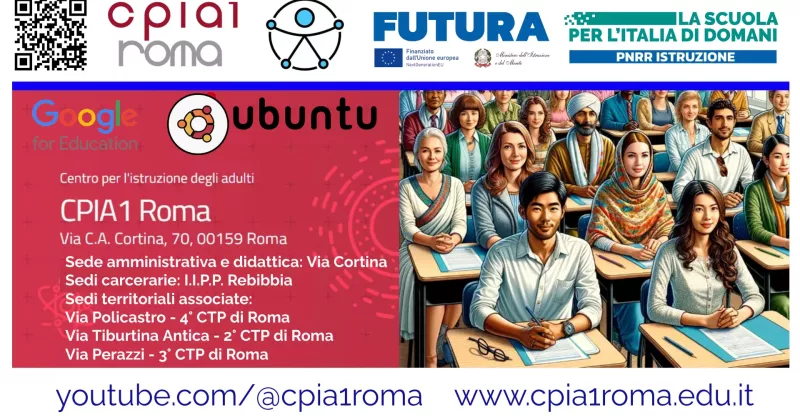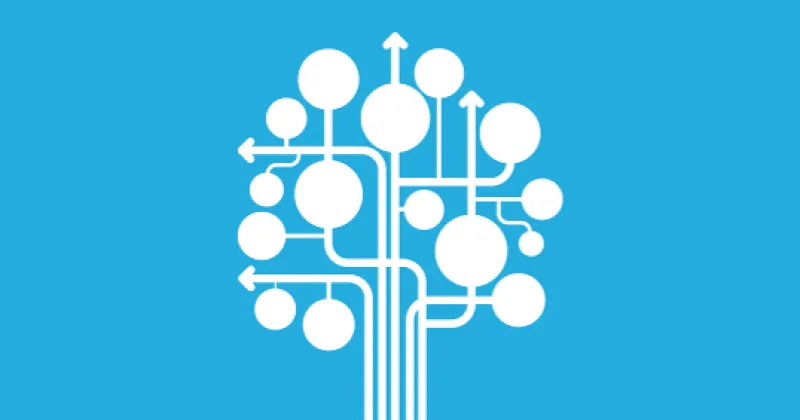Chapter 3 on Making digital skills and competences visible – focus on assessment tools
1. DigComp 2.1’s descriptors and competences
Descriptor and framework curricula for digital competences are essential for the design and development of educational programs, and also for any assessment of digital skills. The EU’s DigComp 2.1 identifies the key components of digital competence in 5 areas:
- Information and data literacy: To articulate information needs, to locate and retrieve digital data, information and content. To judge the relevance of the source and its content. To store, manage, and organise digital data, information and content.
- Communication and collaboration: To interact, communicate and collaborate through digital technologies while being aware of cultural and generational diversity. To participate in society through public and private digital services and participatory citizenship. To manage one’s digital identity and reputation.
- Digital content creation: To create and edit digital content, to improve and integrate information and content into an existing body of knowledge while understanding how copyright and licenses are to be applied. To know how to give understandable instructions for a computer system.
- Safety: To protect devices, content, personal data and privacy in digital environments. To protect physical and psychological health, and to be aware of digital technologies for social well-being and social inclusion. To be aware of the environmental impact of digital technologies and their use.
- Problem solving: To identify needs and problems, and to resolve conceptual problems and problem situations in digital environments. To use digital tools to innovate processes and products. To keep up-to-date with the digital evolution.
Based on this conceptual model, DigComp presents 8 proficiency levels, from the very basic to advanced, and gives examples of use applied to the learning and employment field. DigComp not only provides a common language and terminology to talk about and design new projects on digital competence in all kinds of areas but also essential guidance and support in the definition of education and training actions to develop digital competence. An excellent overview including a multitude and great variety of usage examples can be found in this User Guide.
Points for reflection |
Identify interesting usage examples from DigComp 2.1 for your work! |
Does any digital competence framework prevail in your country? Do they address adults or excluded segments of the population? |
After taking a look at the gallery of implementation at the Commission’s website, choose one country-specific example. How is it different from your country’s implementation? What can be the advantages and disadvantages to these differences? |
2. OECD’s PIAAC approach: Measuring digital skills as problem-solving
In 2013, the OECD published the First Results from the Survey of Adult Skills, a product of the Programme for the International Assessment of Adult Competencies (PIAAC). That report found that adults who are highly proficient in the information-processing skills measured by the survey – literacy, numeracy and problem solving in technology-rich environments – are more likely to be employed and earn high wages. They are also more likely to report that they trust others, that they have an impact on political processes, and that they are in good health. A glance at the PIAAC results is provided by this video.
Source: OECD.
In accessing the overall competences of adults, the PIAAC Survey collected data on the competence cluster of problem-solving in a technology-rich environment. A definition indicated in one of the critical skills cluster in the PIAAC survey manual states:
"Problem solving in technology-rich environments involves using digital technology, communication tools and networks to acquire and evaluate information, communicate with others and perform practical tasks. The first PIAAC problem solving survey will focus on the abilities to solve problems for personal, work and civic purposes by setting up appropriate goals and plans, accessing and making use of information through computers and computer networks."
A Working Paper gives detailed insight into the conception and tasks as well as operational aspects of the study.
We would like to quote one important paragraph from the paper explaining the importance for the problem-solving approach in the study:
“So-called computer literacy skills must be integrated with deeper and more abstract problem solving skills (Lazonder & Rouet, 2008). This is because the most relevant uses of computers are not easily handled through the mere application of simple routines (e.g., launching an application and clicking on a set of buttons or links). Instead, to successfully complete computer-based tasks, people must be able to analyze the various requirements of the task, set up appropriate goals and plans, and monitor their progress through the task until the task purposes are achieved. This process seems best captured by the cognitive psychology construct of "problem solving". […] Analyzing the problem solving skills involved in the uses of digital technologies for various purposes and properly assessing the distribution of such skills in the general public appear to be two important conditions for the advancement of technology-rich societies. The data can be turned into high return education and training investments” (p. 6).
3. Open badges for basic skills
Open Badges represent a web standard that captures and communicates skills and attributes. Open Badges are a visual representation of achievements: verifiable, portable and sharable digital badges with embedded metadata about skills and achievements. Each Open Badge is associated with an image and information about the badge, its recipient, the issuer, and any supporting evidence. All this information may be packaged within a badge image file that can be displayed via online CVs and social networks. Organizations across the world issue badges in accordance with the Open Badges Specification, from non-profits to major employers to educational institutions at all levels.
Watch the short introductory video on open badges.
Source: Chicago Art Department.
Open Badges for “Digital Literacy” do already exist and much more can be found when searching for specific basic technical skills and also soft digital skills. On this website readers can find information on a European open badges project involving adult education institutions from France, Germany, Slovenia, Spain and Sweden. The partners developed open badges for course in the field of basic skills, linguistic integration of migrants and vocational training and provide usage examples for basic computer courses, second language learning, trainings for increasing employability etc. The badges range from “Filling in a form in a foreign language” to “Basic knowledge Excel”, “select information” and “create own goals for everyday planning” or “motivation for learning”.
EBSN established a series of open badges on EPALE connected to the online courses of Capacity Building Series. For a short introduction and updated information about the MOOCs (massive open online courses) organised EBSN on EPALE visit EBSN’s website.
Points for reflection |
Compare the assessment tools presented above: competence frameworks, standardised surveys, and open badges. What context do you think they can be used best? Can you imagine these tools implemented in your country’s context in a combined strategic way? |
If you are so far not involved in open badges: Earn your first badge by solving 5 tasks that proof your skills in basic internet navigation. You may access the navigator badge challenge via the open badges website. It’s fun! You can then attach the badge to your backpack. |
Recommendations for further relevant resources are welcome in the comment section below!
Continue here!
Back to main page
Chapter 2
Chapter 4





